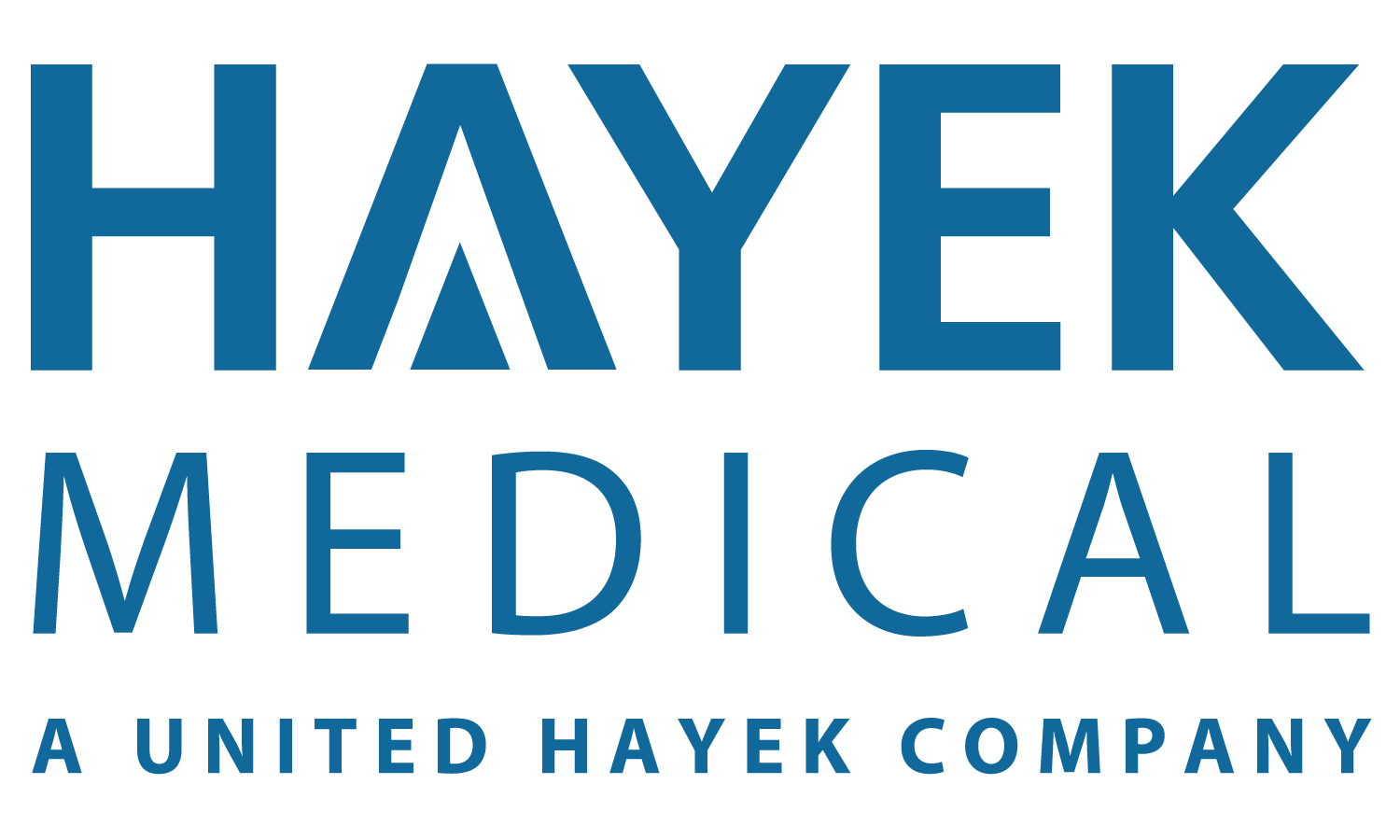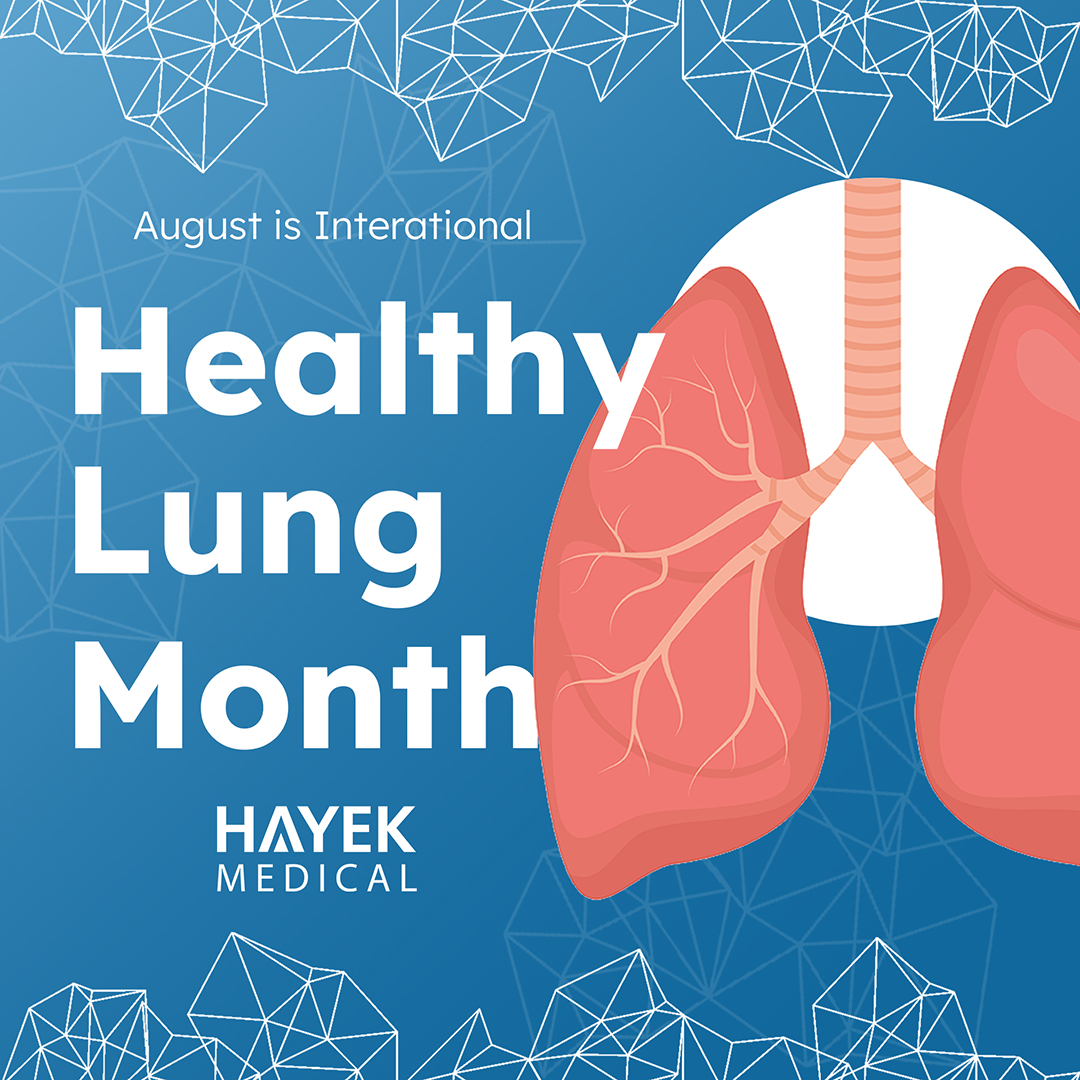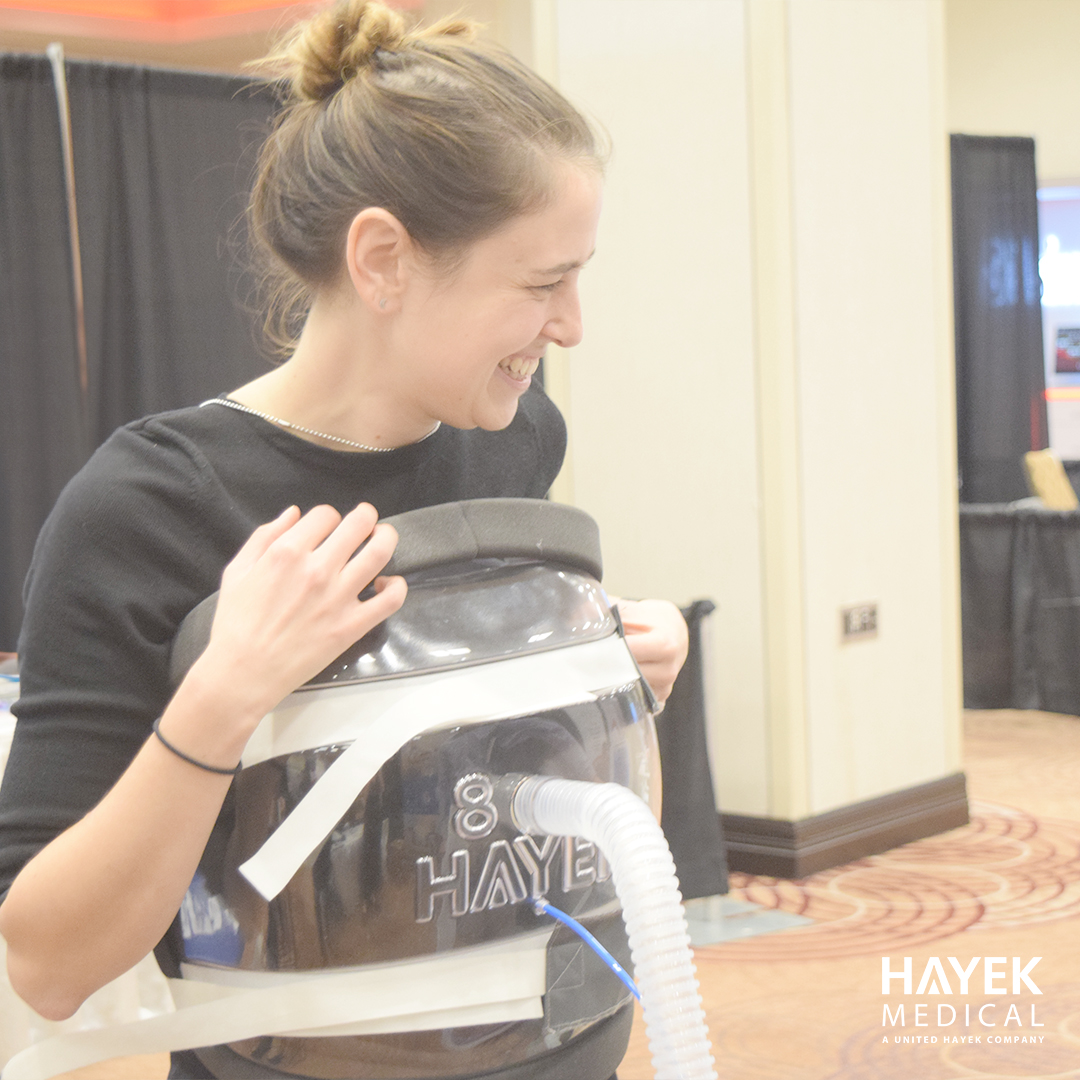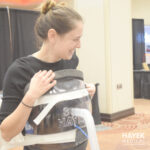
BCV in Pulmonary Fibrosis: A Supportive Option for Ventilation and Secretion Clearance
BCV in Pulmonary Fibrosis offers clinicians a supportive, non-invasive option to help manage reduced lung compliance, impaired gas exchange, and increased work of breathing. While pulmonary fibrosis is irreversible, interventions such as Biphasic Cuirass Ventilation can help optimize respiratory function, manage symptoms, and maintain quality of life.
How BCV in Pulmonary Fibrosis Works
BCV assists both inhalation and exhalation by alternately applying sub-atmospheric and positive pressures to the thorax. This mimics natural diaphragmatic breathing, improving alveolar recruitment and restoring functional residual capacity (FRC) without the high peak pressures associated with positive pressure ventilation (PPV) (Foutz et al., 2020).

Cardiopulmonary Considerations of BCV in Pulmonary Fibrosis
Negative pressure ventilation has been shown to reduce right ventricular afterload and enhance venous return, potentially benefiting PF patients with secondary pulmonary hypertension (Brown et al., 2017).
Compared to PPV, BCV’s lower intrathoracic pressures may mitigate barotrauma risk. However, as with any ventilatory support, clinicians should monitor for hemodynamic shifts, such as preload sensitivity or reduced cardiac output in severe diastolic dysfunction (Hill et al., 2018).
Secretion Clearance and HFCWO
Modern BCV systems with integrated High-Frequency Chest Wall Oscillation (HFCWO) provide dual benefits: ventilation and airway clearance. Oscillatory cycles mobilize mucus toward central airways, particularly valuable in PF patients with coexisting bronchiectasis or elevated infection risk (Homnick et al., 2007).
Enhanced secretion clearance can help reduce exacerbations and hospitalizations.
Clinical Evidence for BCV in Pulmonary Fibrosis
Foutz et al. (2020): Improved oxygenation and FRC in restrictive lung disease patients using BCV.
Hill et al. (2018): Negative pressure ventilation preserves hemodynamic stability compared to PPV.
Homnick et al. (2007): Improved mucus clearance with combined ventilation and HFCWO in chronic lung disease.
Conclusion
While BCV does not halt fibrosis progression, its physiologic breathing pattern, cardiac-friendly pressures, and airway clearance capabilities make it a valuable adjunct in the multidisciplinary management of pulmonary fibrosis.
References
Brown, S. M., et al. (2017). The cardiovascular effects of negative pressure ventilation. Critical Care Medicine, 45(5), 941-948.
Foutz, T. L., et al. (2020). Noninvasive ventilation strategies in restrictive lung disease: The role of negative pressure ventilation. Respiratory Care, 65(3), 300-308.
Hill, N. S., et al. (2018). Negative pressure ventilation: Physiology and clinical applications. Chest, 153(3), 758-769.
Homnick, D. N., et al. (2007). The use of high-frequency chest wall oscillation in chronic lung disease. Pediatric Pulmonology, 42(10), 881-887.





